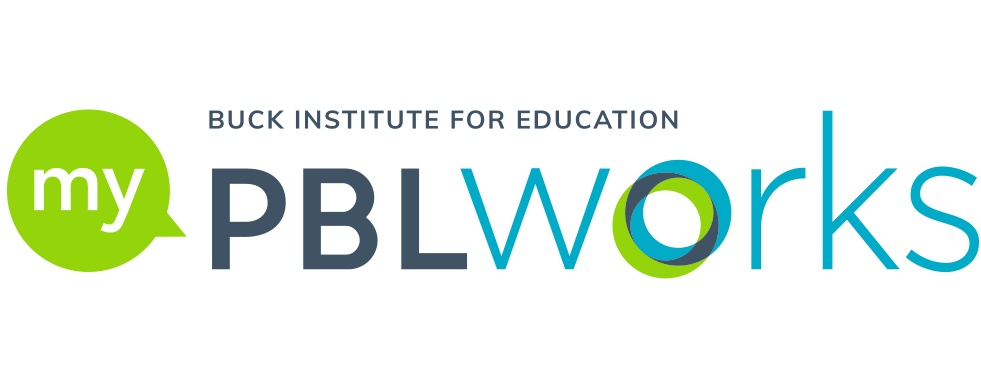No title associated25
As a high school forensic science teacher, I’ve always run my semester-long course as one long project. Our driving question, “Is it possible to commit the perfect crime?” is very engaging to students. We spend the semester learning about the latest forensic methods for detecting crime in order to plan a crime that is undetectable—or to declare that such a thing is impossible. Students get really into it; they make 3-D models, timetables, and contingency plans, all culminating in an “Oceans 11” type of crime pitch for local law enforcement officers and parents. I’ve never had a problem with engagement in this course. In fact, since I only teach one section of the course, there is usually a waiting list at least three times as long as the number of students I can take into the class. Everyone does their work, teams are high functioning, and energy is high. Unilaterally.
Until a couple of years ago, when I had a senior named Jake in my class. Jake was the epitome of disengaged in the project—feet up on the desk and on his phone whenever I wasn’t looking, never did the work for his team or any independent work either. I was completely puzzled. He needed the ½ credit passing the course would provide in order to graduate that spring. After staying puzzled for a while, I started to get irritated. How dare he not love the project I had spent so much time planning for him! Everyone else did! All the teachers in the school thought I was an amazing project-based learning facilitator for even coming up with the idea in the first place! This was clearly something wrong with him, I decided. I had planned the perfect project. He was just going to have to buckle down and do the work if he wanted to pass.
What Did Engage Jake
Then one day, after assigning an essay on art forgery and telling my students they needed to determine whether they considered art forgery to be a crime or not, I noticed Jake hanging around after class. He clearly wanted to talk to me. All the other students left, and he walked up to my desk and said, “Ms. Marzilli, why won’t any of the teachers in the school talk about what is happening in Baltimore?”
This was in April of 2015, when Freddie Gray had been fatally injured during a police arrest in Baltimore, and two weeks of civil unrest and protests followed. There was violence on each side, looting, fires, and other severe damage done to businesses and vehicles in the city. This was a situation that clearly bothered Jake, and none of the teachers in the high school were talking about it.
I explained to Jake that certainly we hadn’t been told not to talk about it, but sometimes teachers find it difficult to talk about these types of subjects. Jake and I continued to talk about it for about 10 minutes, after which I asked him if he thought any crimes had been committed in Baltimore. He was quick to point out that the police had clearly committed a crime during the violent arrest, but then after a pause added that probably some of the rioters had committed crimes as well. He was obviously a bit confused and unsure about the answer to that question.
I said, “You know, Jake, if you would write me an essay about whether or not you think crimes have been committed in Baltimore over the last two weeks, I would accept it instead of the art forgery essay.” He agreed that he would, and a week later he handed in the first homework assignment he had ever completed in my class.
Voice & Choice + Authenticity
I’m forever grateful to Jake for forcing me to reflect on my practice as a PBL teacher. The Project Based Teaching Practices rubric draws a clear line between “Developing” voice and choice and “Gold Standard” voice and choice. As it turns out, my spectacular project was firmly in the developing stage, in this category. I certainly encouraged student voice and choice in their project development, team choice, and critique protocols. Over the years I have received some truly diverse projects, from a group of three girls plotting to steal the life-sized chocolate moose from a candy factory down the road to a mixed group of hockey-loving friends who tried to steal the Stanley Cup from the Ice Hockey Hall of Fame. My project had strong aspects of limited choice. I totally missed the boat, however, on letting my students select real-world issues that mattered to them, issues they wanted to address in their projects. And while writing an essay by itself isn’t addressing a real-world issue, that step I took toward honoring Jake’s struggles with a current event was the push I needed toward more reflection on student voice and choice and authenticity.
I wish I could say that every project I’ve done has changed dramatically since then, but it isn’t true. The “perfect crime” project has gained some notoriety in the high school here, and I fear that changing it completely would be disappointing for many students. I am, however, more careful to be on the lookout for ways to connect to students’ more authentic concerns whenever I can, and I am always searching for how to move my projects closer and closer to Gold Standard PBL for my students.
To view or download this resource, log in here.
Login